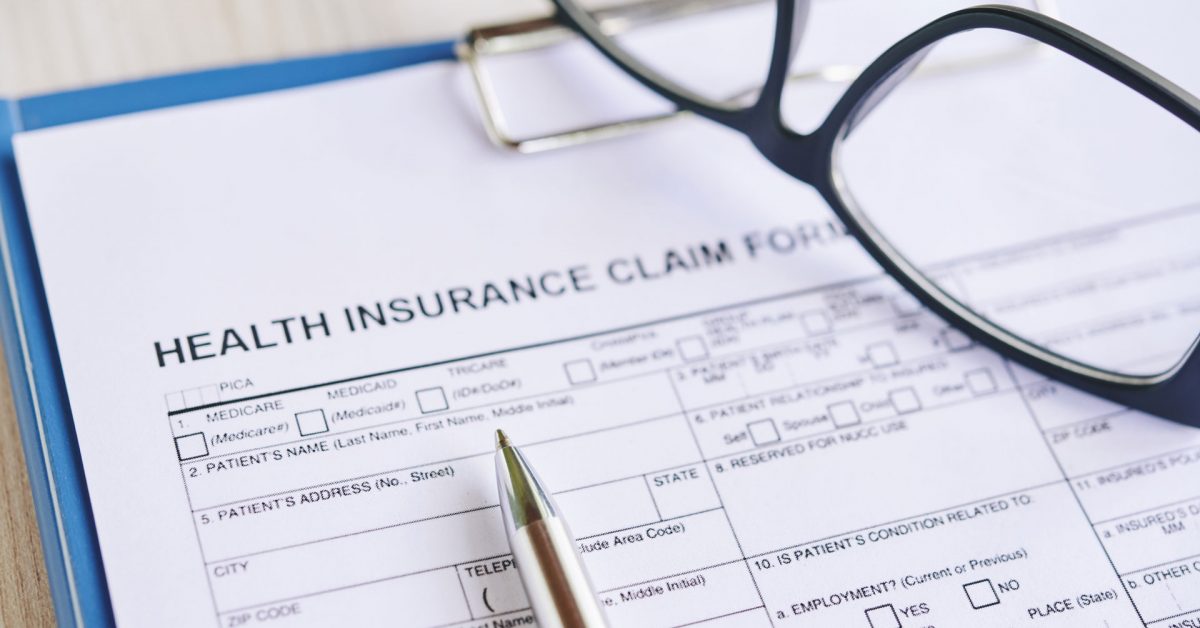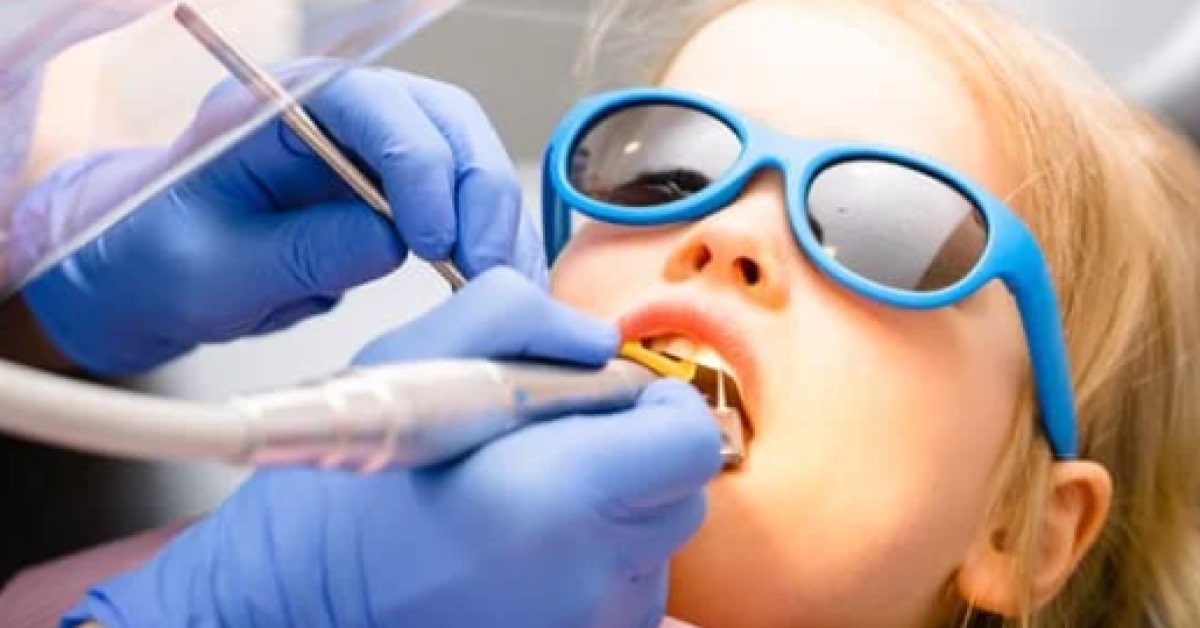Blog
March 23, 2019 • 10 min readMedical Billing in Dentistry: Coding – Speaking Their Language
Medical coding has 3 categories to explain both what and why for any medical procedure. The codes replace the need for a narrative if done correctly. Patients with certain health conditions or symptoms are eligible for medical billing.
Author

Laurie Owens
CPC | CPB | COC | Director Of Medical Billing Education for Devdent

In this Article
ICD-10 Codes-International Classification of Disease 10th Edition-DIAGNOSIS CODE-Learn More
CPT Codes -Current Procedure Terminology-PROCEDURE CODE –Learn More
Modifiers & Qualifiers-Additional Information to Explain the Procedure-ADDITIONAL INFO-Learn More
Medical coding is made up of 3 categories. These universal coding categories are intended to explain both what and why for any medical procedure or encounter. If done correctly, the codes themselves replace the need for a narrative. I like to look at the Why, before the What. Why do I believe this procedure has Medical Necessity? If the patient is suffering from certain health conditions i.e., Diabetes, Heart Failure, Pregnancy, Sleep Apnea, Acid Reflux or Infection or certain symptoms i.e., Dry Mouth, Pain, Loss of Function, Bone Atrophy or Loss of Teeth, then I can start to travel down the medical billing path.
ICD-10 Codes – Diagnosis Code
- Updated annually on 10/1. Approximately 66,000 codes.
- Are designed to get more specific with length. 3-7 digits, always in this format: S42.001A – Fracture of unspecified part of right clavicle, initial encounter for closed fracture.
- Maximum of 12 ICD-10 Codes per claim, 4 ICD-10 Codes per procedure. Always list the primary diagnosis code, i.e., diagnosis, conditional, problem, or other reason for a visit first, then list codes for any supporting or coexisting conditions.
- External cause codes W21.11XD, Struck by a baseball bat, the subsequent encounter is always last, and are required for any trauma or injury.
Common ICD-10 Codes:
- K08.21-K08.26 – Atrophy
- K08.0 – Exfoliation of Teeth Due to Systemic Causes
- K05.32 – Chronic Periodontitis, Generalized
- K05.00 – Acute Gingivitis
- K05.10 – Chronic Gingivitis
- K06.01 – Gingival Recession, Localized
- K06.02 – Gingival Recession, Generalized
- K12.2 – Cellulitis and Abscess of Mouth
- K04.6 – K04.7 – Periapical Abscess
- K00.6 – Disturbances in Tooth Eruption
- K01.1 – Impacted Teeth
- M26.31 – Crowding of Fully Erupted Teeth
- K06.3 – Horizontal Alveolar Bone Loss
*This is only a partial list
Once on this path, I now need to convert my CDT – Dental Procedure Codes into CPT – Medical Procedure Codes, this is called cross coding. Many insurances require a CPT code to be used, while others will accept CDT codes or certain procedures. However, as of October 2018, CDT codes, or D codes, will not be accepted by medical payers. This means that EVERY procedure code must be submitted with a CPT code.
CPT Codes – Procedure Codes
Choosing your CPT codes – Cross Coding
There are several ways to learn cross coding. You can google code by code; you can invest in numerous coding books or you can take a course. But one thing is certain, insurance payers will not assist you with this in any way. Unfortunately, insurance is NOT in the business of paying. At our course Medical Billing In Dentistry -101, you learn the most common procedure codes, their relevant cross codes, and when to use them. Here are a few examples, of the codes we teach in our course.
Common CPT Codes:
D0150 – Comprehensive Oral Evaluation; D0180 – Periodontal
Comprehensive Evaluation; D0140 – Limited Evaluation; D0120 – Periodic
Evaluation (E&M stands for Evaluation & Management)
- 99202 Level 2 new patient E&M – straightforward – self-limited or minor problem 15-29 minutes
- 99203 Level 3 new patient E&M – low – stable chronic illness or acute or uncomplicated illness or injury 30-44 minutes
- 99204 Level 4 new patient E&M – moderate – chronic illnesses with exacerbation, progression, or side effects of treatment; or undiagnosed new problem with uncertain prognosis; or acute illness with systemic symptoms; or acute complicated injury 45-59 minutes
- 99205 Level 5 new patient E&M – high – chronic illnesses with severe exacerbation, progression, or side effects of treatment; or acute or chronic illness or injury that poses a threat to life or bodily function 60-74 minutes
- 99211 Level 1 established patient E&M – N/A 7 minutes
- 99212 Level 2 established patient E&M – straightforward – 10-19 minutes
- 99213 Level 3 established patient E&M – low 20-29 minutes
- 99214 Level 4 established patient E&M – moderate 30-39 minutes
- 99215 Level 5 established patient E&M – high 40-54 minutes
D0330 – Panoramic Radiographic Image
- Orthopantogram (eg, panoramic x-ray)
D0364, D0365, D0366, D0367, D0368 – Cone beam CT capture
- 70486 Computed tomography, maxillofacial area; without contrast material
Once you have established the cross-code, you need to add any additional information like tooth number, location in the mouth, or exceptions. We use modifiers and qualifiers to do this.
Modifier and Qualifiers
- Add additional information about a procedure, CPT or HCPCS
- Up to 4 modifiers per procedure can be used
- No limit on the number of qualifiers per procedure code
Common Modifiers
- 25 – Separate E&M Service on Same Day of a Procedure
- 26 – Professional Component
- TC – Technical Component
- 50 – Bilateral Procedure
- 51 – Multiple Procedures
- 52 – Reduce Services
- JP – Universal/National Tooth Designation System
- 00 – Entire Oral Cavity
- 01 – Maxillary Arch
- 02 – Mandibular Arch
- 10 – Upper Right Quadrant
- 20 – Upper Left Quadrant
- 30 – Lower Left Quadrant
- 40 – Lower Right Quadrant
*This is only a partial list
Examples
So the basics of coding and billing are learning how to use the 3 categories, ICD-10 Codes, CPT, and Modifiers and Qualifiers. Putting these codes together, in the right order, is like writing a narrative to the insurance company.
Example #1
Procedure Codes – CPT/CDT
- 99213 – Level 3 Office Visit
- 99050 – After Hours Appointment
Tooth #8
- D3310 – Endodontic Therapy Anterior Tooth
- D9974 – Internal Bleaching, Per Tooth
- D2740 – Crown-Porcelain/Ceramic
- D2950 – Core Buildup
Tooth #9
- D7210 – Surgical Extraction
- 21210-52 – Graft, Bone; nasal, maxillary or malar areas (Included obtaining Graft)
- 21248 – Reconstruction of Mandible of Maxilla, Endosteal Implant; partial.
- D6059 – Abutment Supported PFM
Diagnosis Codes – ICD-10
- K03.81 – Cracked Tooth
- G89.11 – Acute Pain Due to Trauma
- K04.0 – Pulpitis
- S02.5XXB – Fracture Of Tooth (Traumatic), Initial Encounter for Open Fracture
- K08.412 – Partial Loss of Teeth Due to Trauma Class II
- W22.8XXA – Striking Against or Struck by Other Objects, Initial Encounter
- Y93.61 – Activity, Takecl Football
The above example reads like this.
The patient was seen after hours for a level 3 office visit and presented with a cracked tooth and was in acute pain due to trauma. Tooth #8 was cracked and had pulpitis and required a root canal, build-up, and crown. #9 was non-restorable, due to a fracture and was a hopeless tooth that was lost. An extraction, Graft, Implant, and Abutment Supported Crown were required. All of this was due to an accident when the patient was struck by an object while playing tackle football.
Notice the 52 modifier at the end of the bone graft. That indicates that the graft was not obtained by the patient, which is how the code is written.
Example #2
Procedure Codes – CPT/CDT
- 99213 – Level 3 Office Visit
- 99213 – Level 3 Office Visit
- 70355 – Orthopantogram (eg, panoramic, x-ray)
- (X4) D7240 – Removal of Impacted Tooth, Completely Bony
- 40831 – Closure of Laceration, Vestibule of Mouth (Suture)
Diagnosis Codes – ICD-10
- K03.81 – Cracked Tooth
- K12.2 – Cellulitis and Abscess of Mouth
- G89.1 – Acute Pain
- K00.6 – Disturbance in Tooth Eruption
- K01.1 – Impacted Teeth
The second example reads like this.
Patient was seen for a level 3 office visit for an abscess, causing acute pain. After taking a panoramic x-ray, it was determined that tooth #1,16,17 and 32 were not erupting properly and were impacted. #32 and #1 also had an active infection, consistent with a periapical abscess. To remove the source of the infection, treat the abscess and relieve the pain, extractions were necessary. Due to the complexity of the extraction and need to create a flap to access #32, additional sutures, above normal treatment, were required.
Once you can understand medical billing as a language, it is fairly simple to write your narrative in code. I hope that these definitions and examples shine a little light onto the world of medical billing and coding. Next post I will walk you through case presentation, how to build patient value for medical building and how to create estimates for patients, when you don’t know the insurance allowable.



